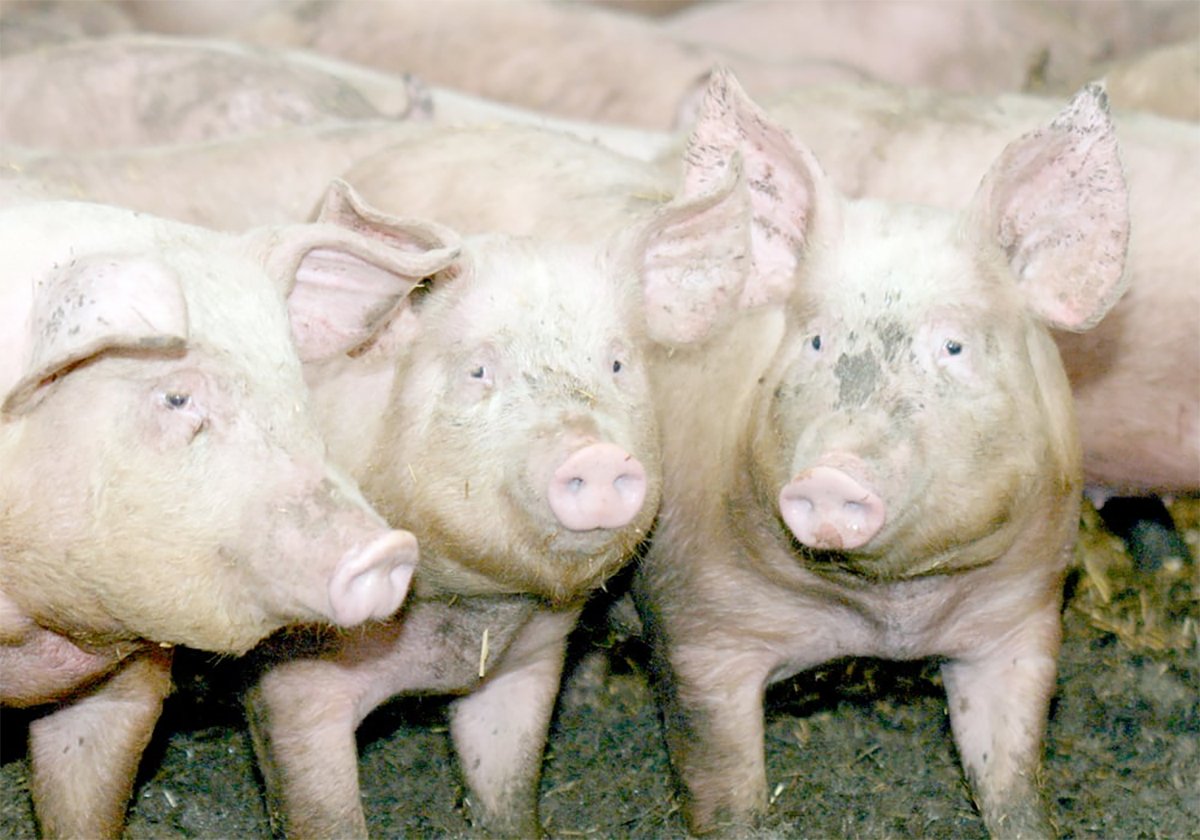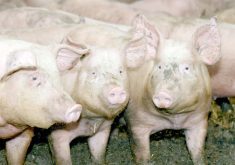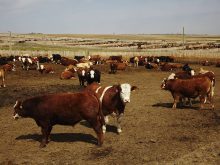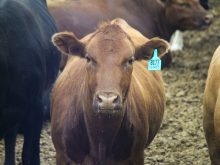Every year, armies of children hit city streets to paint pictures of fish beside storm drains.
This is not grafitti but a reminder for urban people to watch what they pour down the drain. Many urbanites don’t realize soap residue from car washing, oil from leaky vehicles or unwanted paint poured down storm drains go directly to lakes and rivers.
“A lot of people don’t realize where the storm drains lead to. They think the water is being treated so it’s not an issue for them,” said Patty Brewin, of Trout Unlimited Canada, which runs the Yellow Fish Road program.
Read Also

The Western Producer Livestock Report – November 13, 2025
Western Producer Livestock Report for November 13, 2025. See U.S. & Canadian hog prices, Canadian bison & lamb market data and sales insights.
Runoff is not treated in most urban sewage systems although most cities monitor storm water discharges.
Still, Alberta Environment studies show there are high levels of silt, fecal coliform from animal droppings, heavy metals and oil residues from cars. Ultimately those pollutants harm fish and wildlife.
For example, too much phosphorus in the water stimulates the growth of algae that hordes oxygen and chokes fish.
The idea of painting yellow fish beside storm drains is a public awareness initiative from British Columbia’s ministry of fisheries and oceans. Trout Unlimited Canada took over the program in 1991 and it has spread across the country.
Brewin said as of 1996, one million households received a door hanger in the shape of a yellow fish. It explains the program and the damage done to water courses when people assume whatever they pour down the drain gets filtered before it is released to the rivers.
Since 1991, 100,000 storm drains were marked and 60,000 people have worked on the program.
Volunteer painters
Schools, 4-H, Scouts Canada, Girl Guides of Canada, Junior Forest Wardens and other volunteers paint the drains every year. Inmate work crews have worked in industrial areas.
Patsy Cross monitors water quality for the Western Irrigation District east of Calgary. She and the city and the district look for fecal coliform, nutrients and metals in water coming from storm drains.
This monitoring is necessary because Calgary’s discharge can create trouble for the downstream irrigation district, which delivers water for domestic use and crop watering and can’t afford costly cleanup and treatment programs.
Cross said the yellow fish are working because they educate children who remind their parents to be careful and change some of their practices.
“It’s good because the kids pick up things and then bug their parents,” said Cross.















